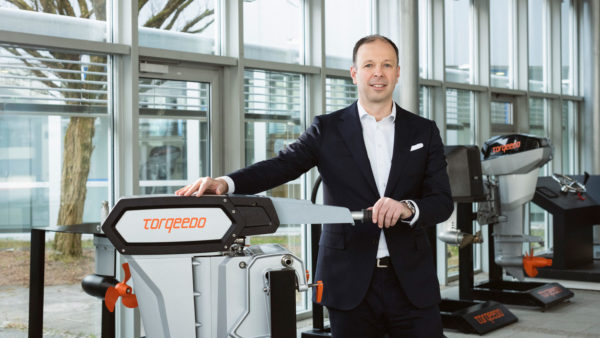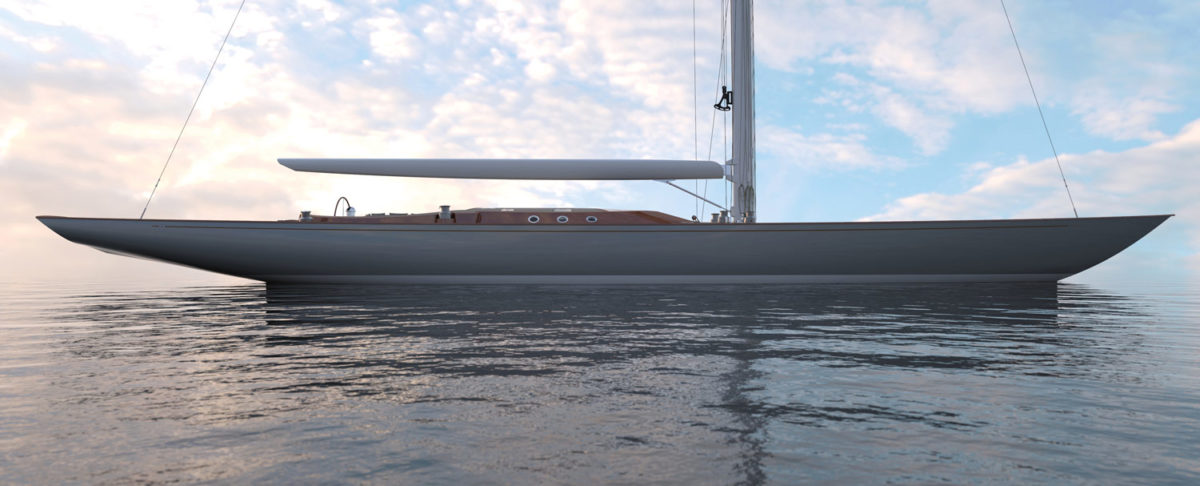“If there was one thing Dad loved more than serenity,” Dale Kerrigan informs us in the Aussie classic The Castle, “it was a two-stroke engine on full-throttle.” One wonders what Darryl Kerrigan would’ve thought about the rise of electric boating, “electromobility,” the combination of his two great loves. “How’s the serenity?” Darryl would ask as they streak silently around Bonnie Doon. Who knows, maybe the great man would be an early proponent, the kind much needed as the electric boating industry begins to take off, full-throttle.
German electric boating company Torqueedo was founded 15 years ago and has just sold its 100,000th electric boat motor. According to Eco Boats, who has been selling Torqueedo in Australia since 2008, there are over 1,000 Torqueedo electric motors on Australian waterways.
Boating, and particularly leisure boating, is enormously popular in Australia. Many young Australians acquire their boat license before their car license, and some unreadable few may even acquire their boat license before their pen license. Nevertheless, electric boating still has a long way to go in Australia. If the race to the electrification of the Australian boating industry were the Sydney to Hobart Yacht Race, we are currently at the point of enjoying an early morning cigarette at the boat ramp.
The reasons for the slow uptake are many and varied. In a recent report from market research firm IDTechEX, “Electric Leisure & Sea-going Boats and Ships 2021-2040,” the point is made that “the case is not so simple for the marine sector; due to the sheer scale of the power, energy and distance requirements for many vessels, reducing maritime emissions will require solutions varying from batteries and fuel cells to premium fuels, scrubbers and slow-steaming.”
The reality of the challenge puts the achievements of Toqueedo into context, especially considering there has been very little financial incentive or regulation as to marine vessel emissions.
Challenges Facing the Electric Uptake
The report highlights some of the main challenges facing marine industry electrification, especially in small-scale boating. Firstly, the report notes that there are no incumbents in the market, which is to say, all the markets biggest producers of outboard motors, such as Yamaha, Honda, Mercury, have produced precisely zero electric versions. This means that start-ups like Torqueedo have done all the early running.
Secondly, and perhaps most prohibitively, even more so than a lack of emissions regulation, is high battery prices. According to IDTechEx, battery prices in the maritime industry are several times higher than electric cars or standing batteries.
Today, battery-driven boating is growing but only in small leisure craft, as well as ferries and short-sea vessels that run set routes allowing for regular charging. Take, for instance, the Southern Hemisphere’s first electric commuter ferry in Wellington Harbour, New Zealand. The ferry, designed and constructed by the imaginatively named Wellington Electric Boat Building Company, required an innovative hull design compared to conventional diesel-powered vessels. The enabling factor, full carbon/foam construction, which, combined with the canoe-stern hull form, reduces the resistance from the displacement caused by the weight of batteries.
Of course, leisure boating is the realm of the main uptake because, like electric cars, leisure boats are privately owned and generally only required for short distances. For Christoph Ballin, founder of Torqueedo, the 100,000 sale milestone is a sign that “electromobility on water is no longer a niche, but is becoming the norm for more and more people.”
“Torqueedo drives should always be so attractive that users always prefer them over combustion engines,” said Ballin. “This is the claim that an exciting product must fulfil, and one is happy to be committed to it – and it is also the prerequisite for reaching industrial volumes with electric drives contributing to climate protection.”

Image: Torqueedo
The Future
On future innovation, Ballin spoke excitedly about the prospect of combining electric motors with hydrofoils. Hydrofoils, as seen in the America’s Cup, or that single overly-energetic bloke bouncing up and down out the back on a Foil Board, lifts the craft out of the water to reduce friction. “By using this technology,” noted Ballin, “the range can be doubled when driving fast – extremely attractive for the spread of electromobility!’
Another key to the future of electromobility, says Ballin, is the development of battery technology and the possible use of fuel cells. Ballin even suggests the maritime industry could see the first use of fuel cells because “the infrastructure question for inland water is easier to solve than for road traffic.”
Electric boating then is picking up speed and it won’t be too long before it begins to plane. It is then that we’ll really be able to ask: “How’s the serenity?”
This content is protected by copyright and may not be reused. If you want to cooperate with us and would like to reuse some of our content, please contact: editors@pv-magazine.com.









By submitting this form you agree to pv magazine using your data for the purposes of publishing your comment.
Your personal data will only be disclosed or otherwise transmitted to third parties for the purposes of spam filtering or if this is necessary for technical maintenance of the website. Any other transfer to third parties will not take place unless this is justified on the basis of applicable data protection regulations or if pv magazine is legally obliged to do so.
You may revoke this consent at any time with effect for the future, in which case your personal data will be deleted immediately. Otherwise, your data will be deleted if pv magazine has processed your request or the purpose of data storage is fulfilled.
Further information on data privacy can be found in our Data Protection Policy.